|
We’d read about its hilly neighborhoods and red-roofed buildings covered in colorful tiles; its lively bars full of aged port, solemn songs and whole fish dinners. We’d seen photos of its breathtaking river and mini-golden gate. Its many similarities to San Francisco made it all the more intriguing. When did this previous non-destination become such a major European destination? With a smidge of homesickness and a giant dose of pure curiosity, we had to find out what all the hype was about. As one of the oldest cities in the world, and the oldest city in western Europe, Lisbon has no shortage of history. In the 16th century, it was considered the European hub of trade between Africa, India, the Far East and Brazil, resulting in a period of wealth and the rise of beautiful architecture that thousands of tourists enjoy today. However, like Spain, a 20th century dictatorship followed by an economic recession and high unemployment rates, has resulted in grand, ornate buildings neighbored by abandoned and dilapidated ones. While now packed with tourists, you can feel the faint cloud of recent struggle. Maybe it's the sound of fado, a traditional type of music with slow and solemn tones, coming from every tourist-packed bar. Or maybe it’s the in-your-face big city grit, homelessness and drug-dazed people that are a reminder that this city faces some struggle. That being said, the recent onslaught of international tourism and 21st century modernization has resulted in some delicious dining, cool bars, trendy food markets, beautiful boutiques and vibrant neighborhoods. We visited in August and it was hot, as in 100-degrees, southern Spain kinda hot. Our AirBnB, in an eccentric and charming neighborhood just a bit outside the center, had a seriously local appeal. Perched on a hilltop, it provided some mind blowing bay views from the tiny kitchen window. On our first day, we conquered a dry-heat, sauna-like 6 mile run. Its one of our favorite things to do in a new city - the perfect way to get the lay of the land. We also did all the requisite touristy things we’d read about. We drank shots of ginjinha, a sour cherry liqueur that’s a local favorite and evidently enjoyed by older Portuguese men at nearly every hour of the day. We stumbled upon a homemade gelato shop and ordered 2-scoops each of watermelon, peach and honeydew - unsure if it is the best gelato we’d ever eaten or it was just so damn hot that it tasted incredible. Like most who visit Lisbon, we ventured to Time Out Market, an old warehouse converted food market, where some of the city’s best restaurants offer both small bites and full menus. It’s bustling, and the modern trendiness of it all feels light years away from the historic buildings and plazas a few blocks away. It was here that we tried the famous pastel de nata - little tarts filled with an egg cream custard and surrounded by a flakey, buttery, delicious crust - perfect right out of the oven with a shot of espresso. After a boney whole cod dinner, we discovered Lisbon brew at the small hillside brewhouse, Duque Brewpub. Complete with bearded, plaid-clad bartenders, we might as well have been in Portland or San Francisco. A nightcap of ridiculously tasty tawny port with some friends visiting from Hawaii was the perfect end to our Lisbon exploration. We flew to Dublin with the promise of returning to Lisbon - next time for a bit longer and with a far better understanding of this historic city. >> View our Lisbon (and Porto) Cohica Designed Trip
0 Comments
Your comment will be posted after it is approved.
Leave a Reply. |
Cohica TravelA travel design agency. Categories
All
Archives
October 2023
Follow us on Instagram @CohicaTravel
|

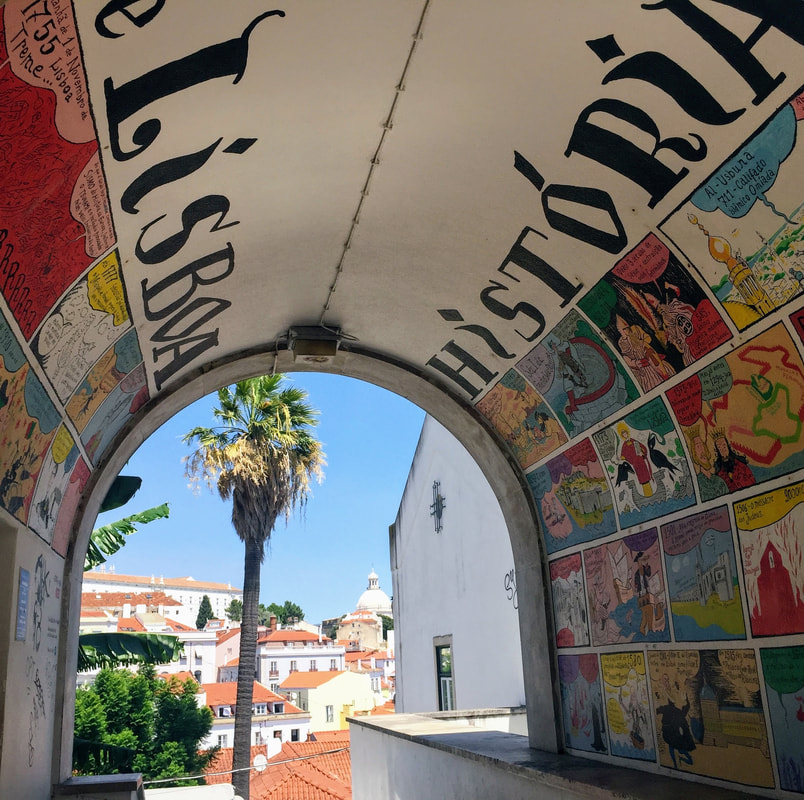


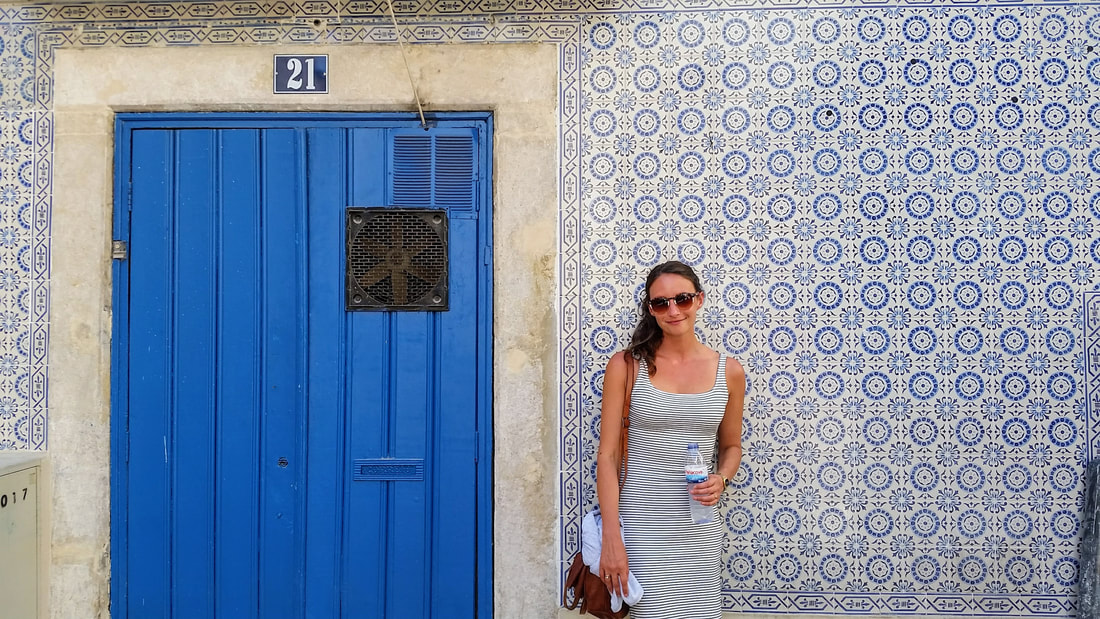
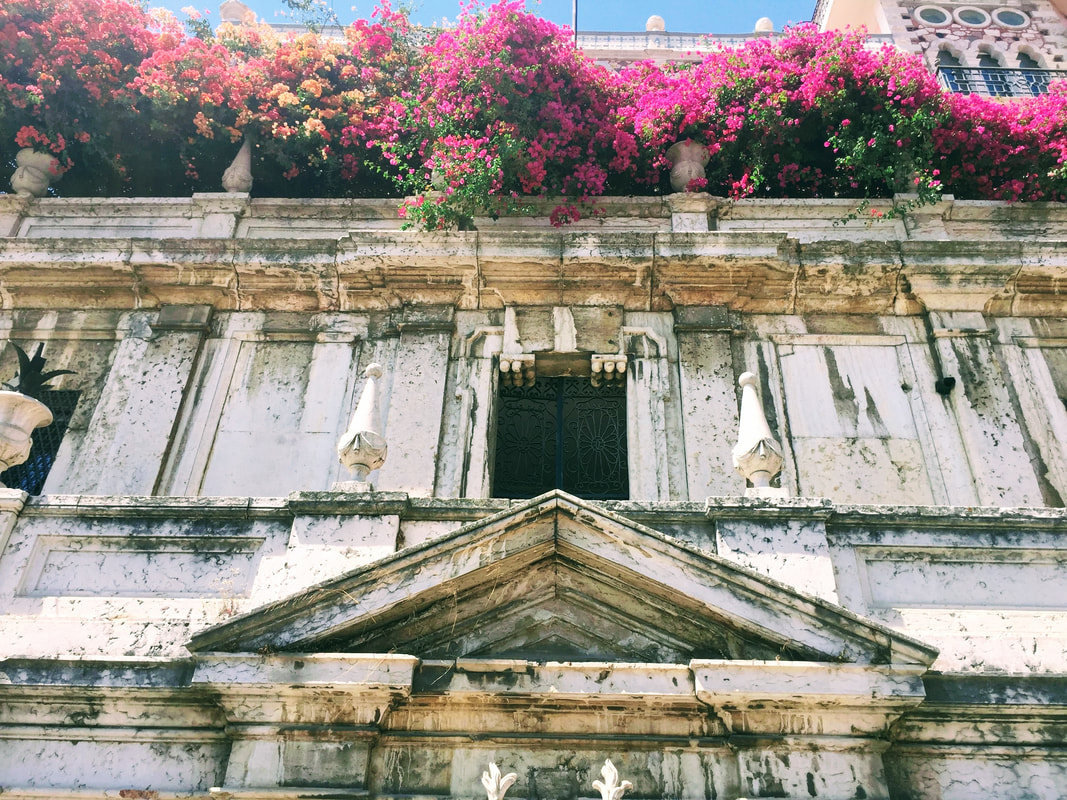
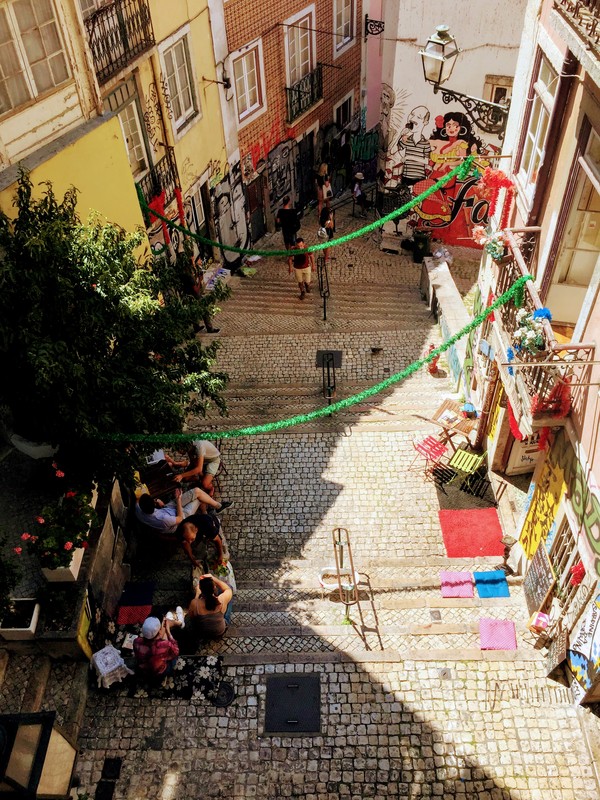
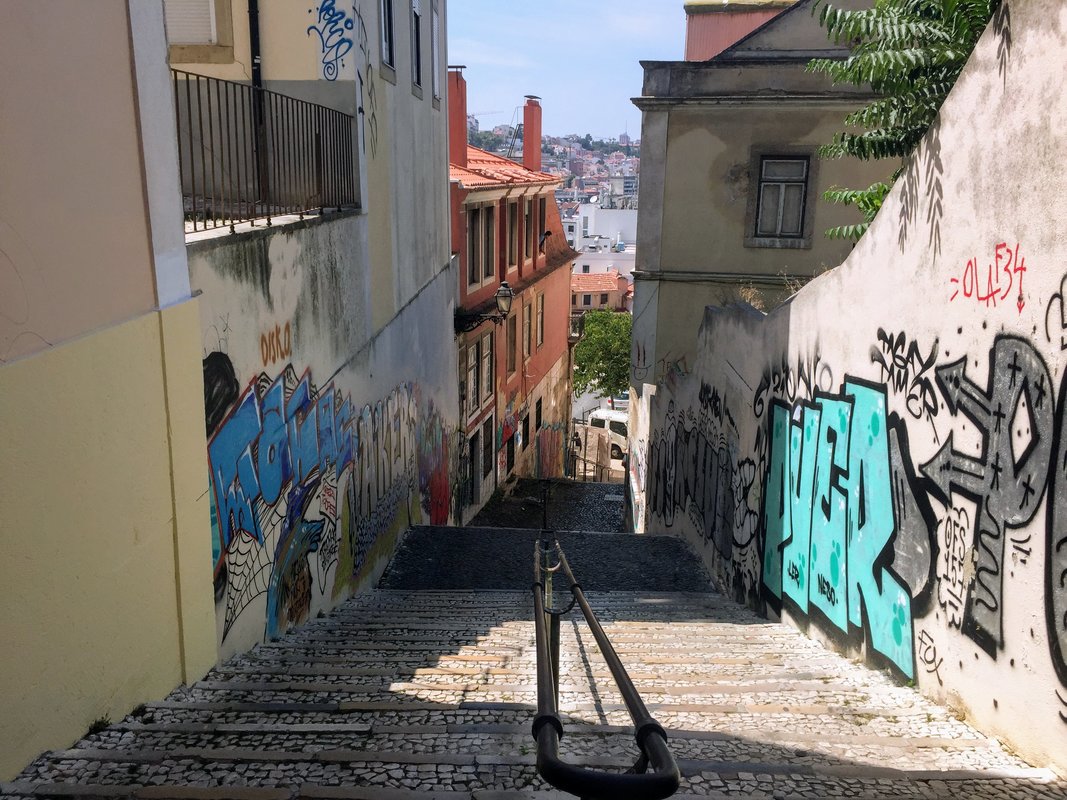
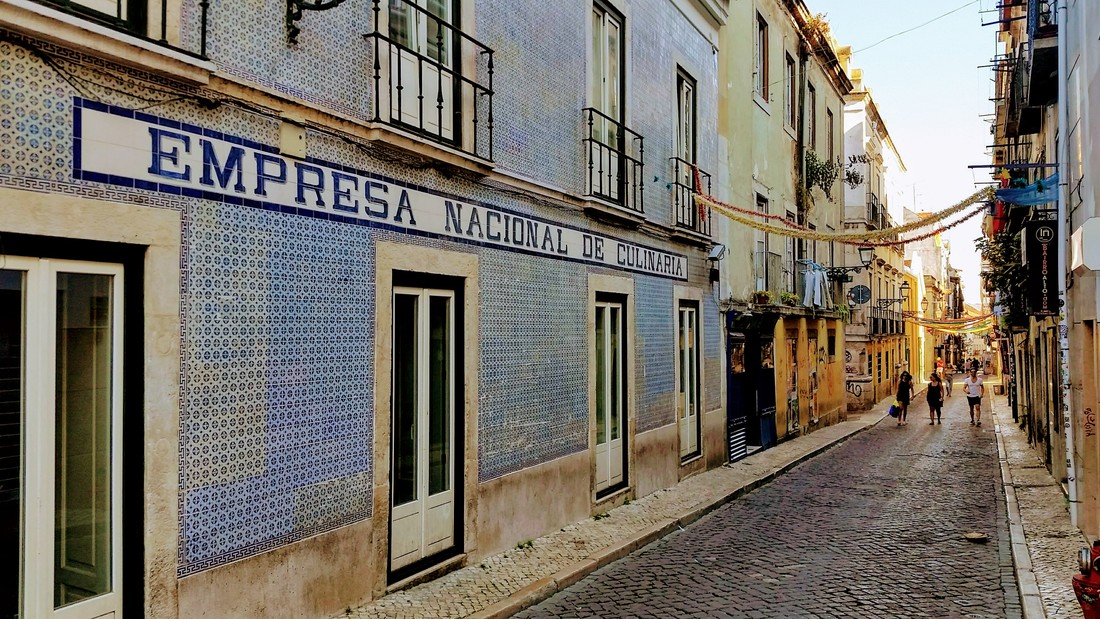
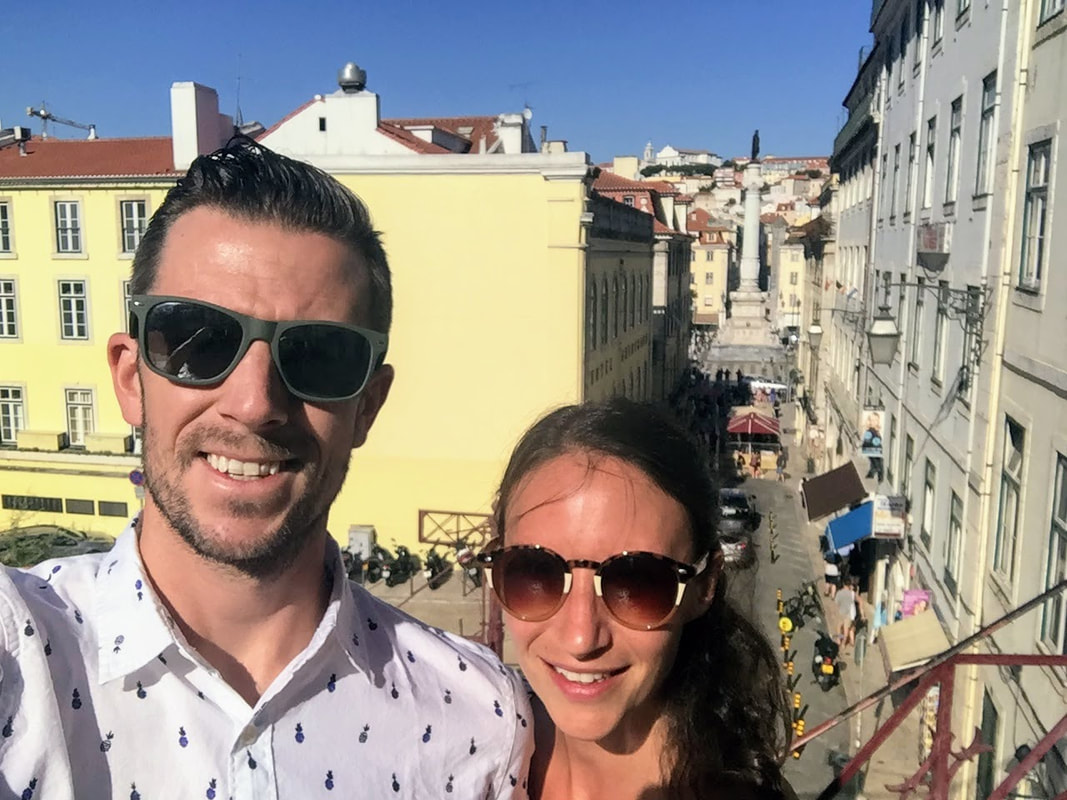
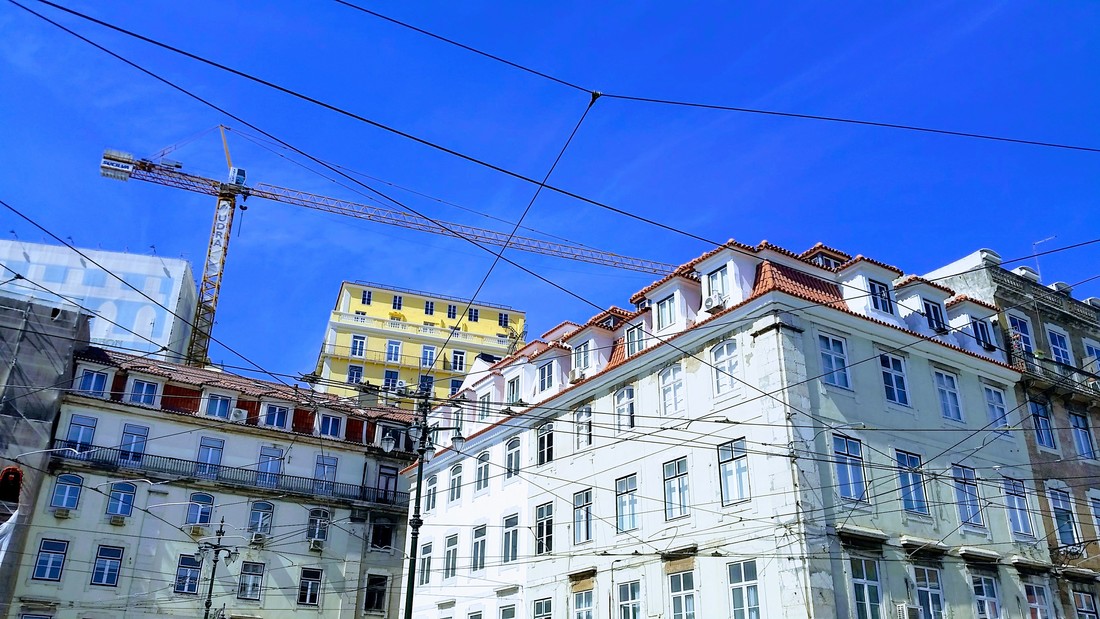
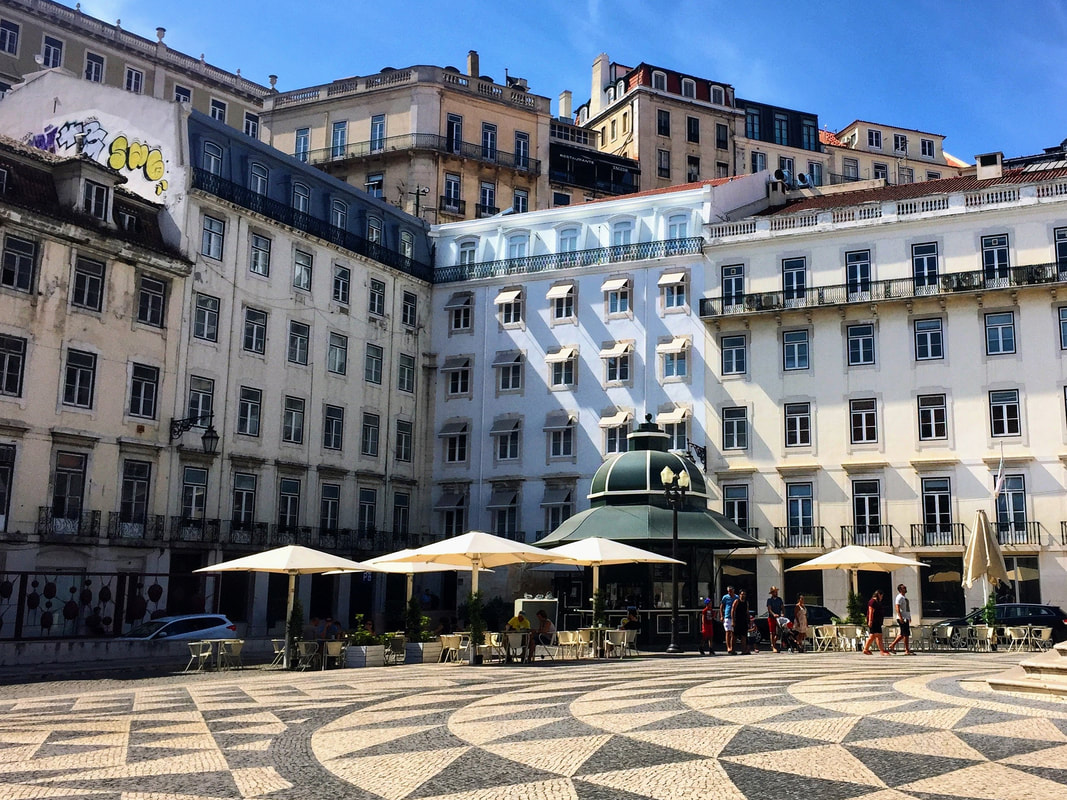
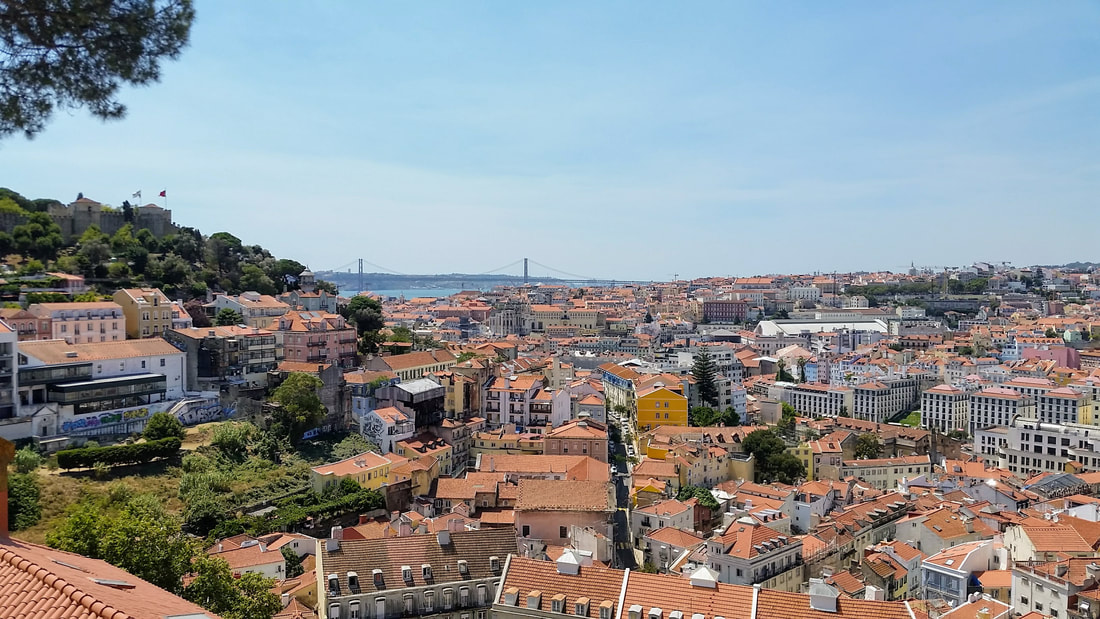
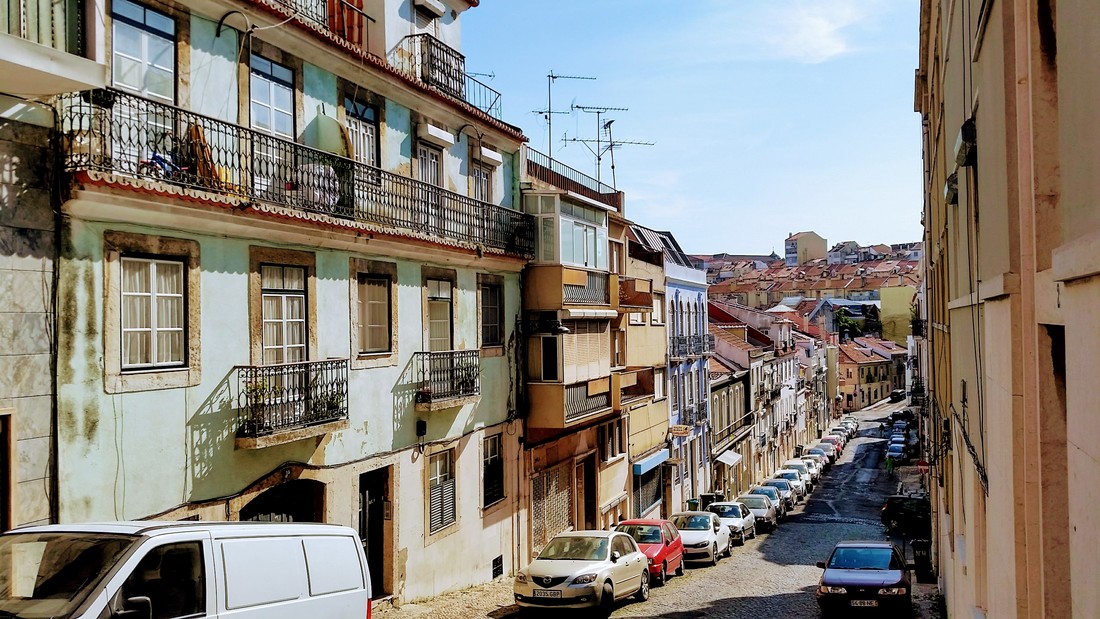

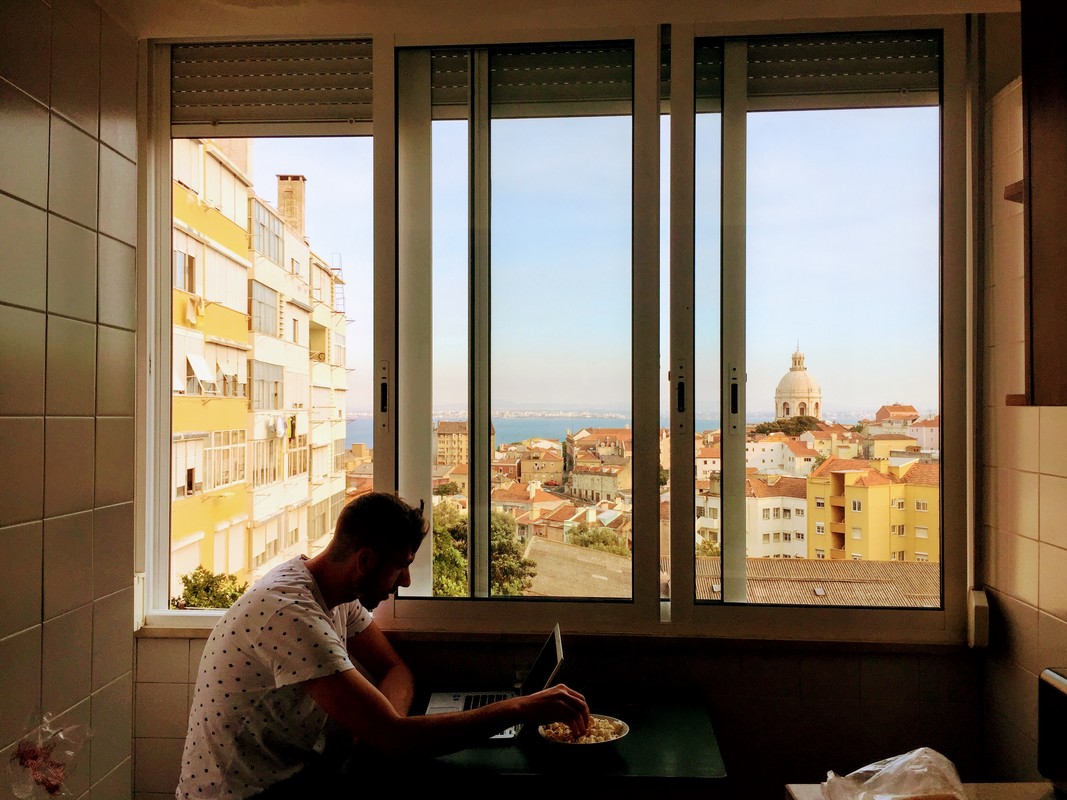
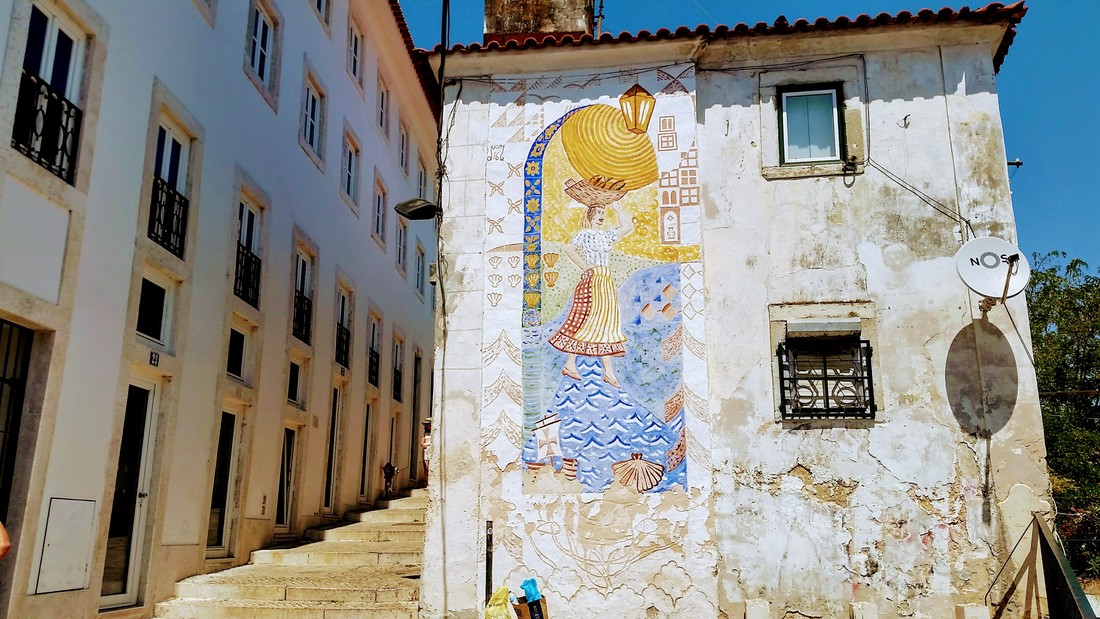
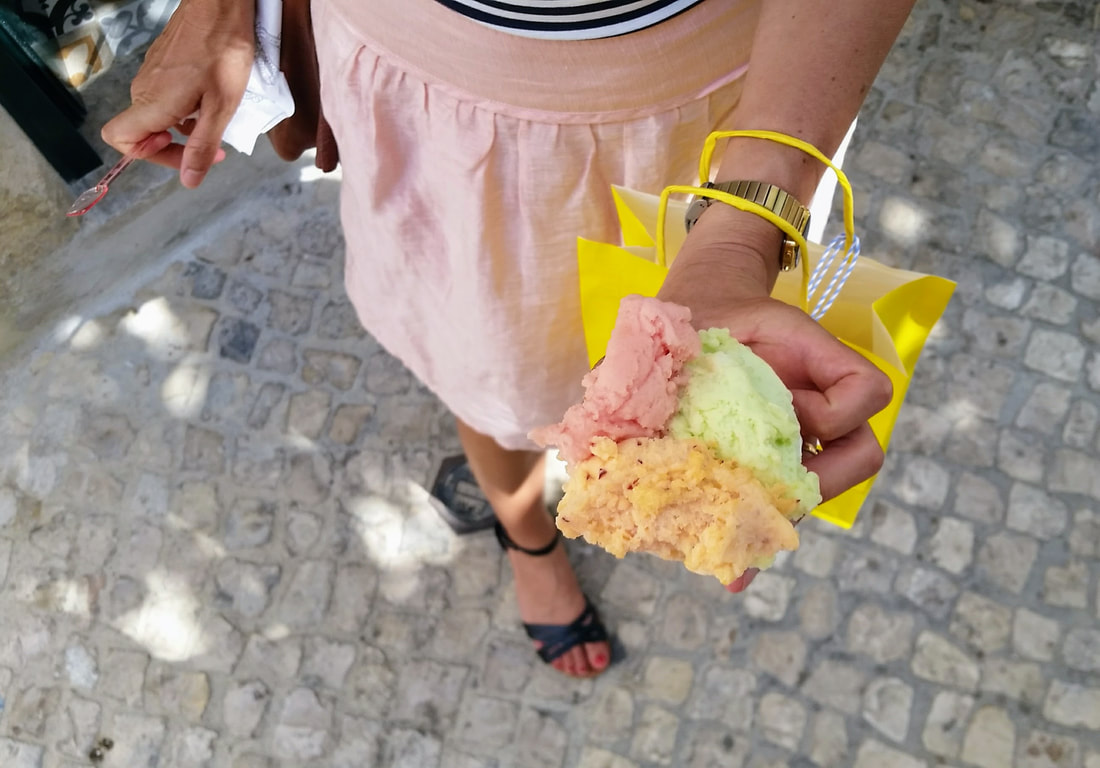
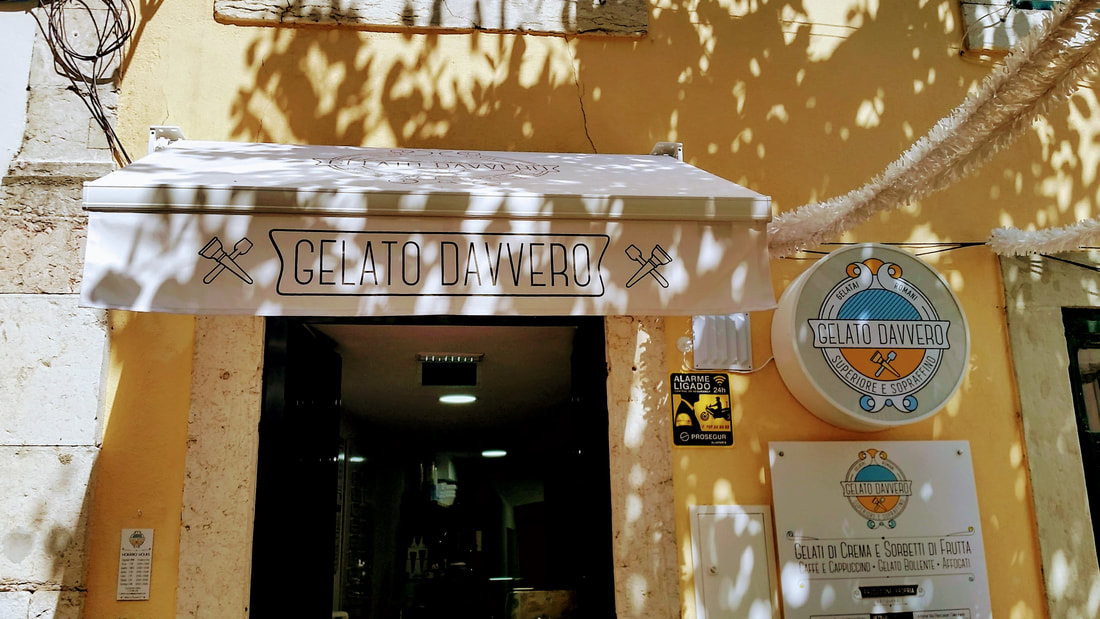
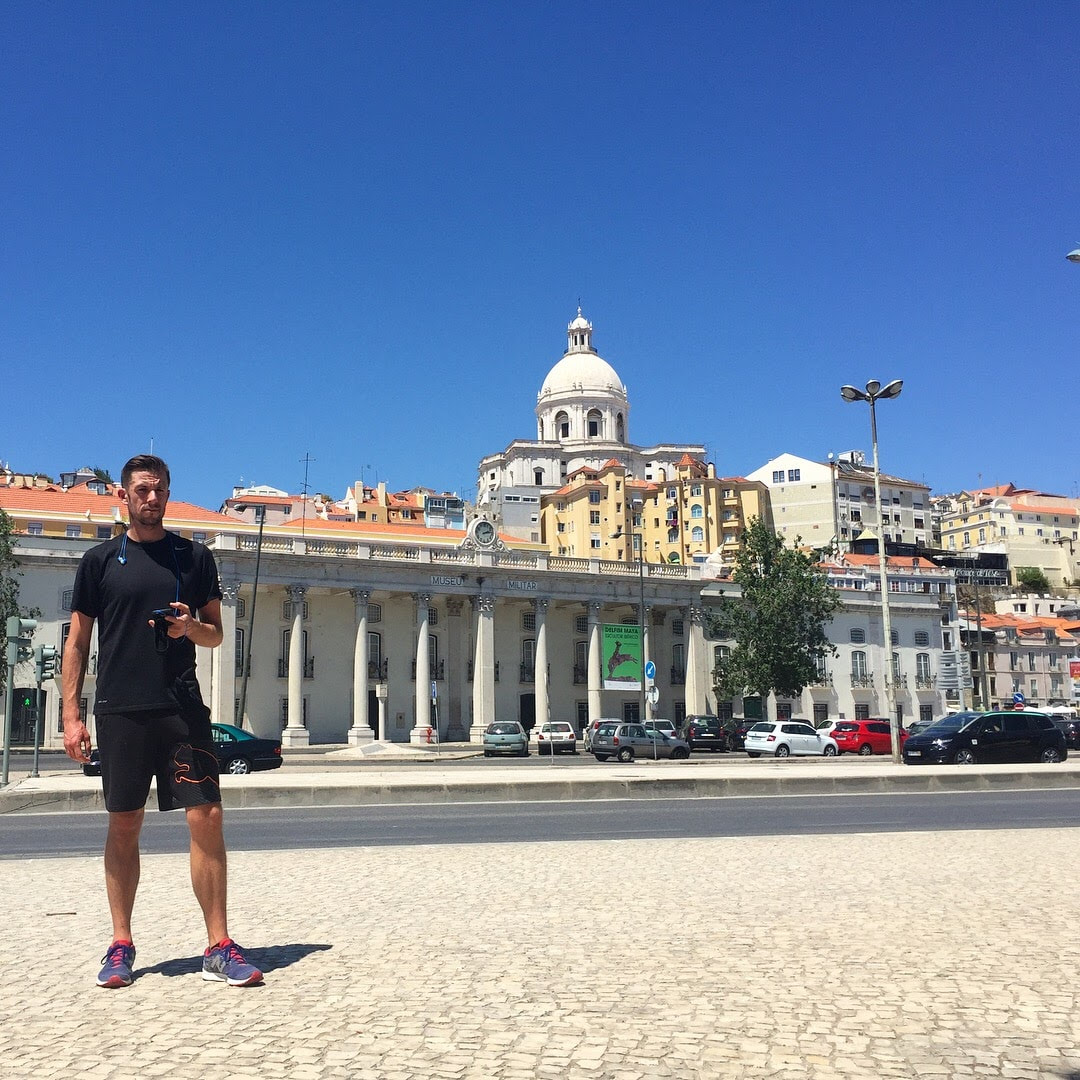
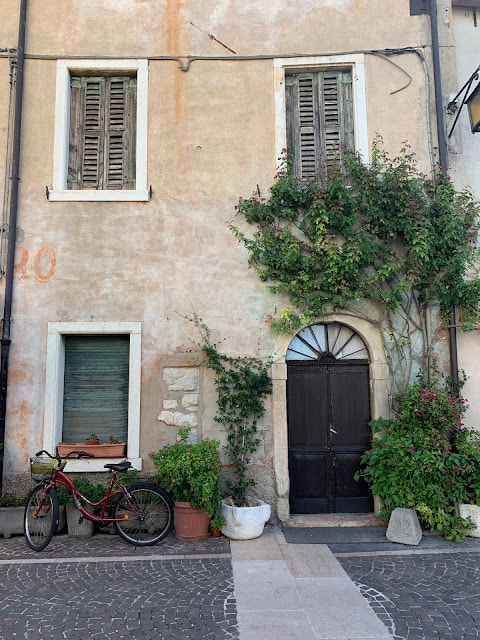
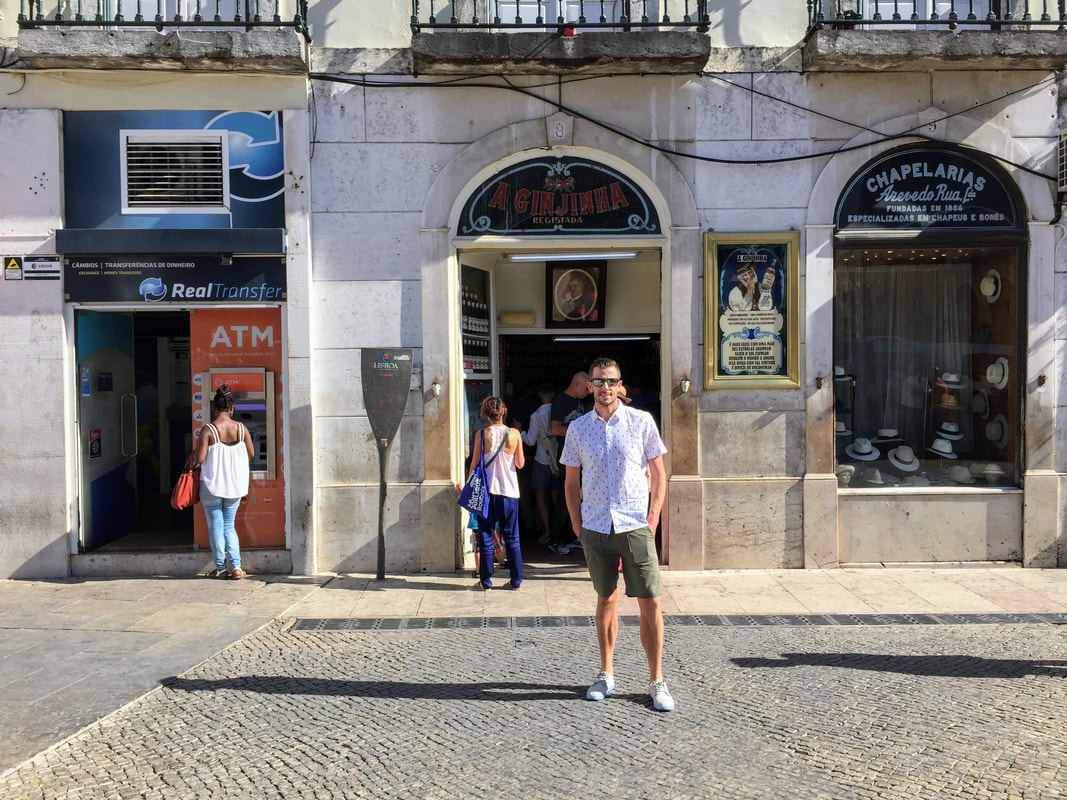
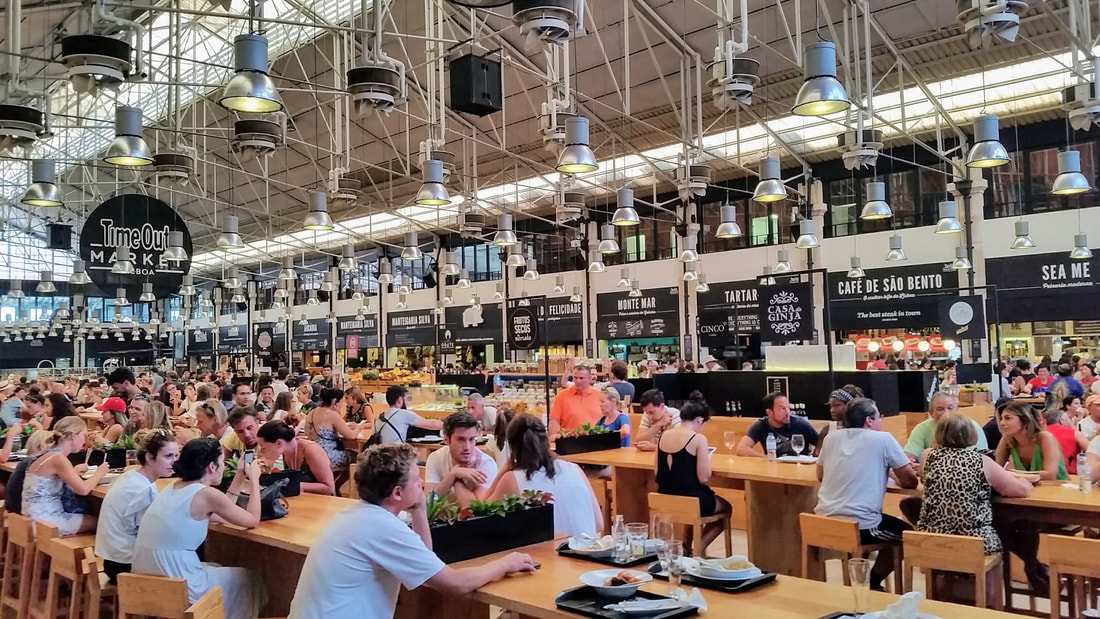
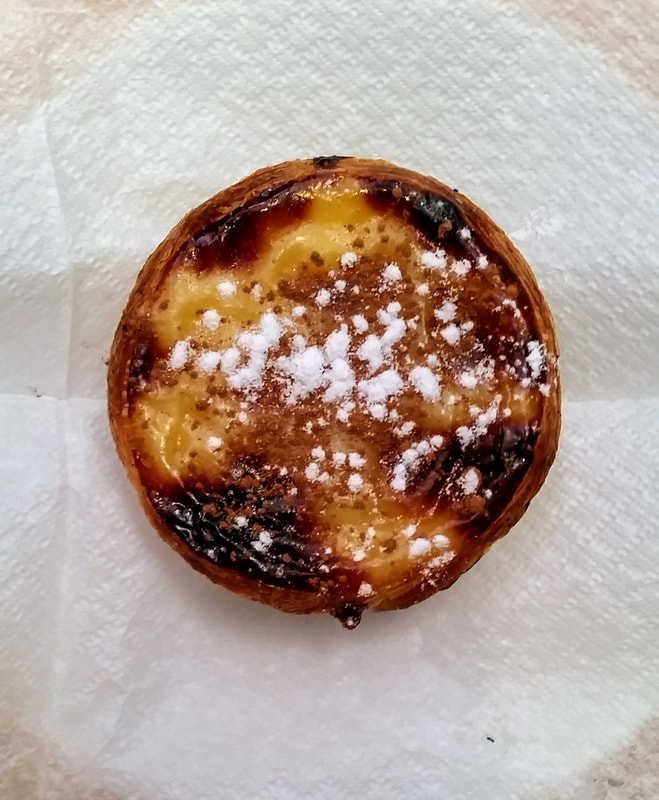
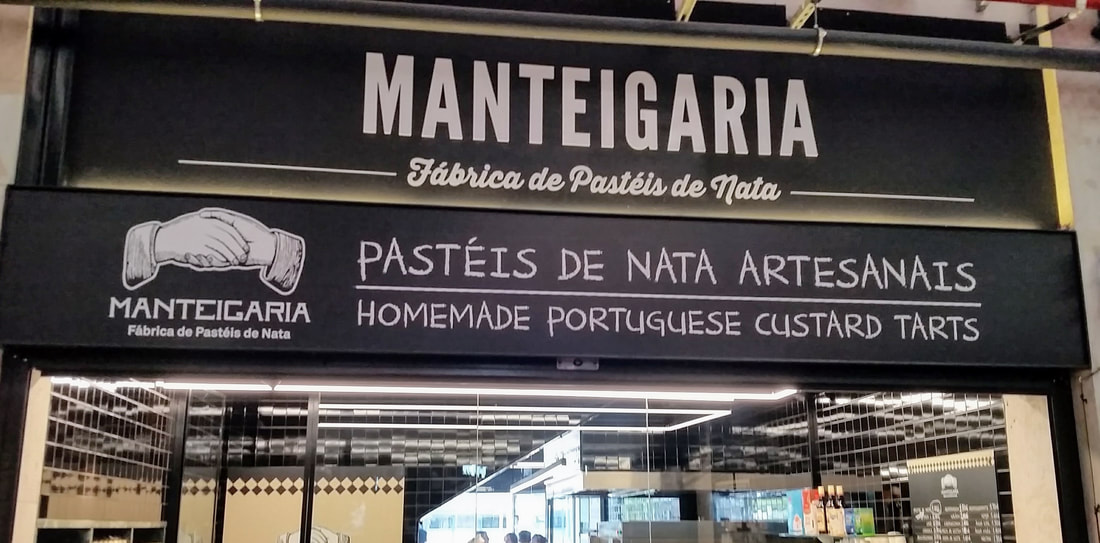
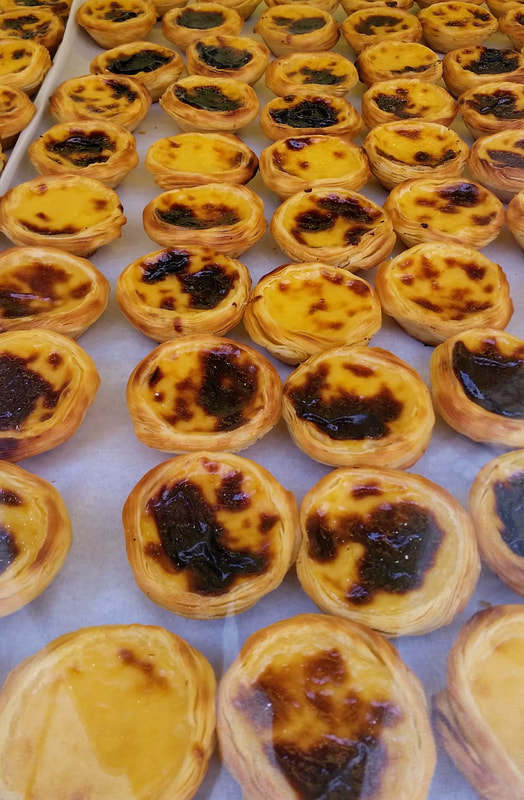
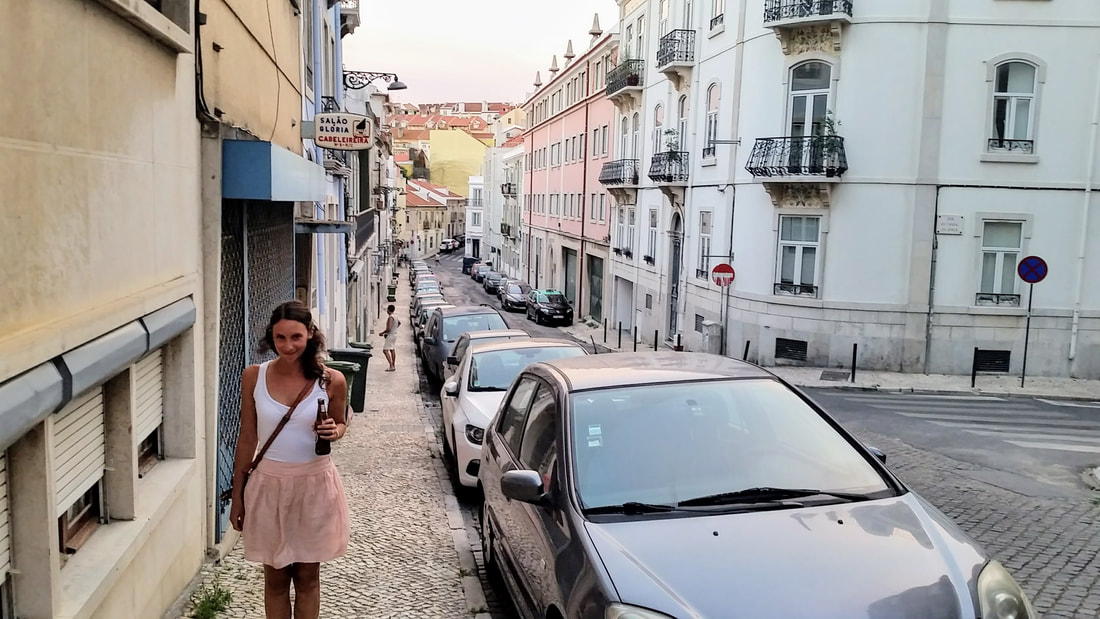
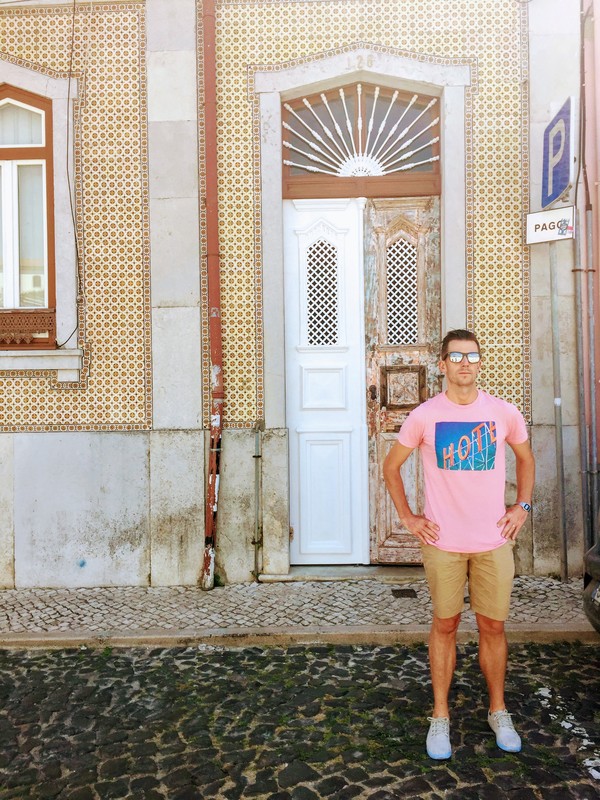
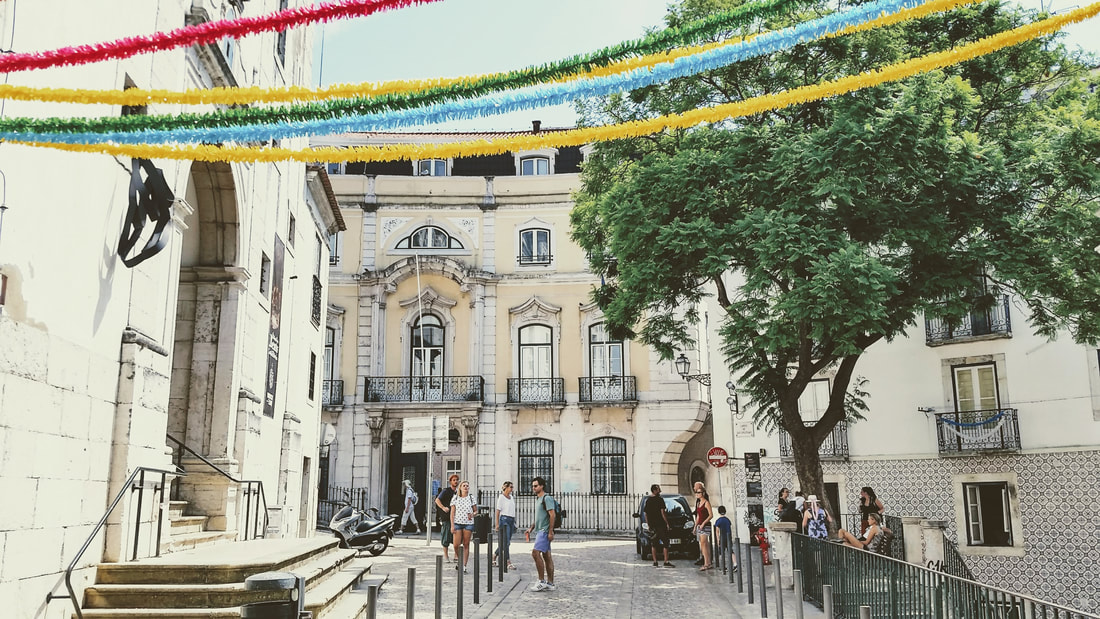
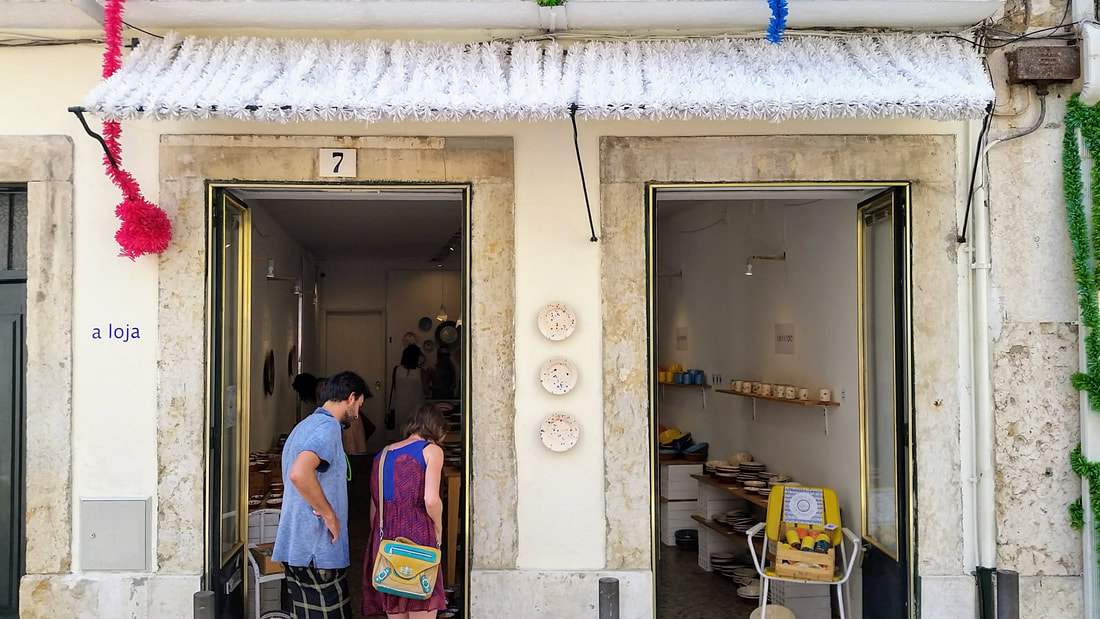
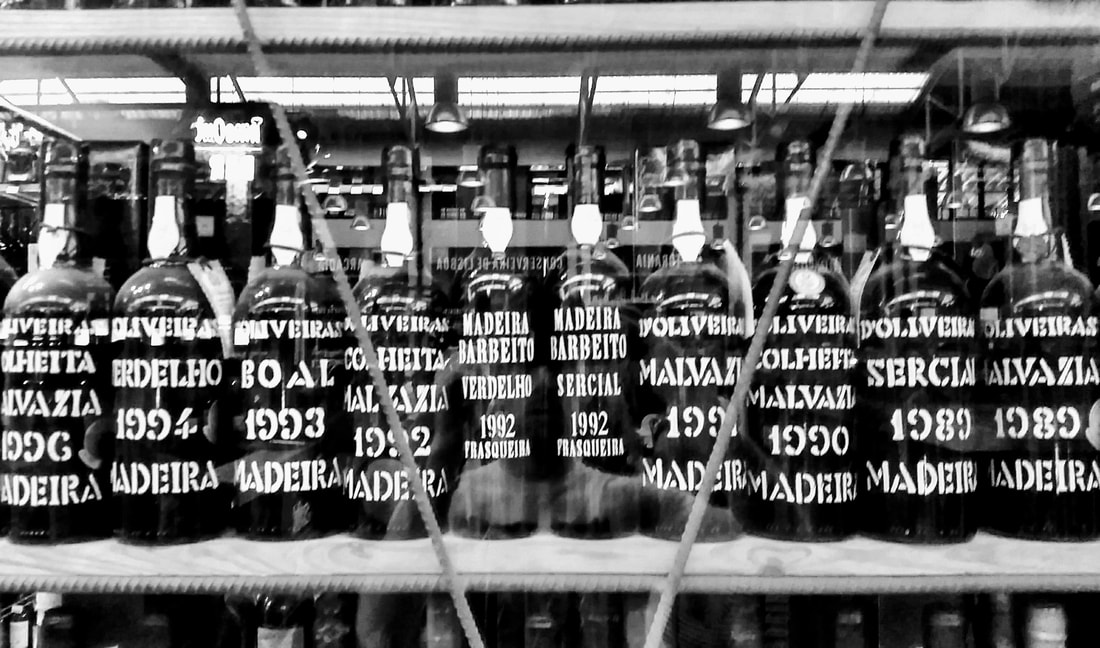
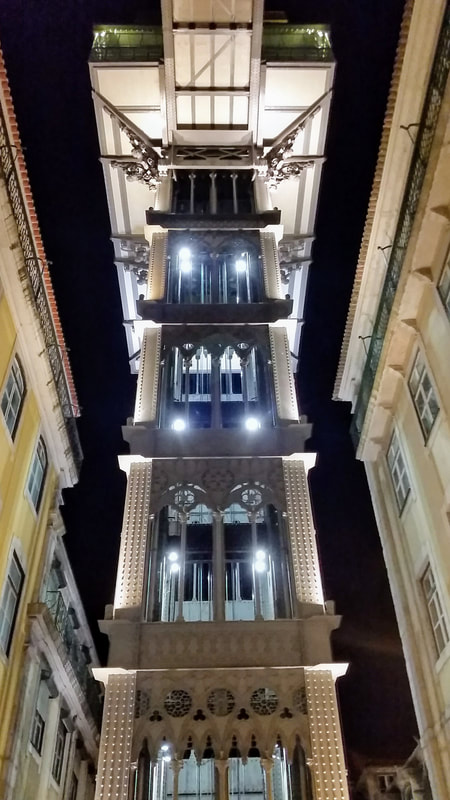
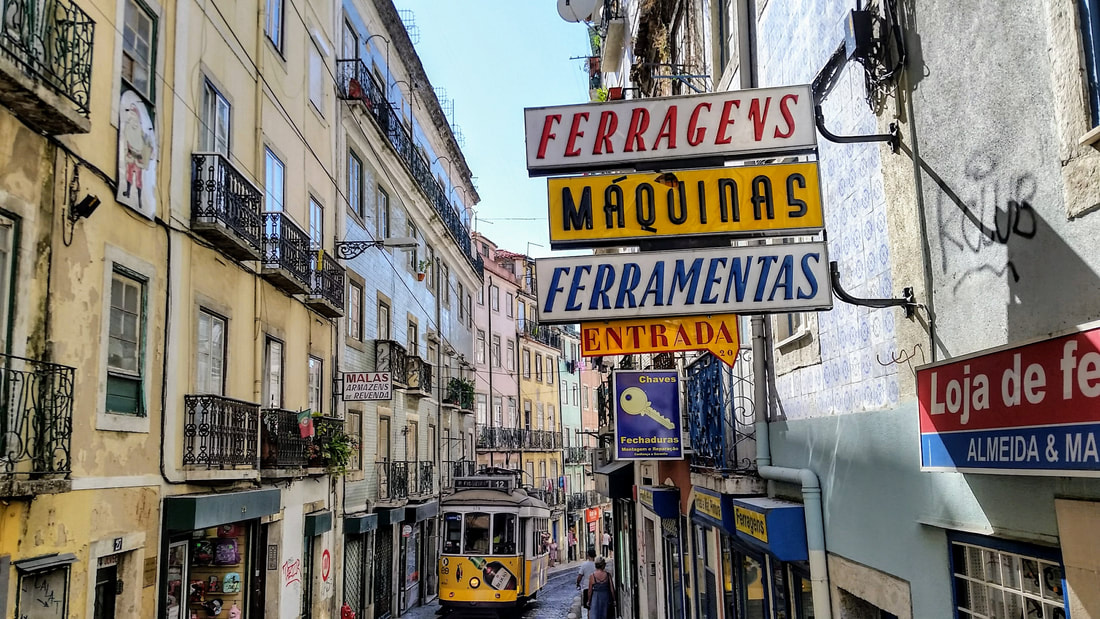
 RSS Feed
RSS Feed
